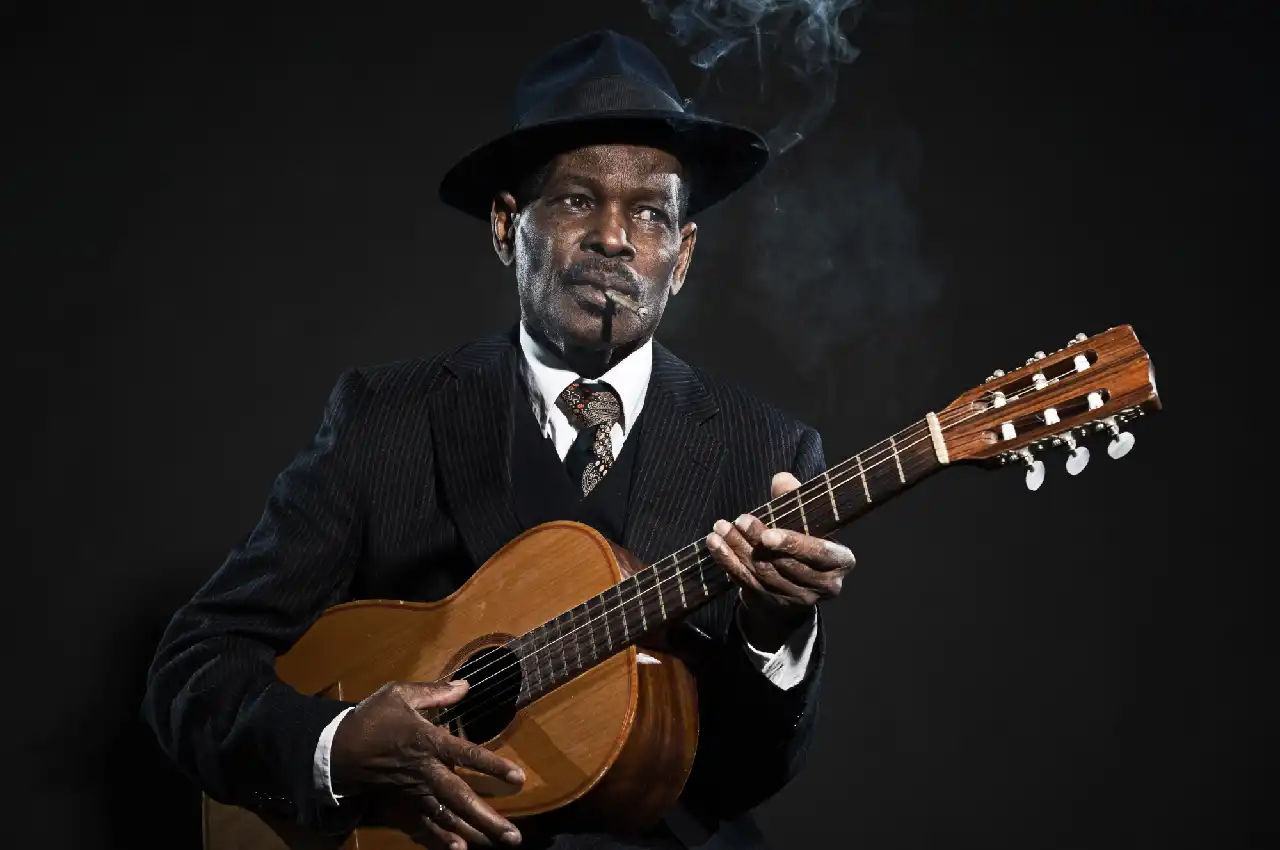Music
A Brief History of Blues Music

Blues Music
A recent survey highlights that 22% of Americans enjoy blues music, making this musical genre as popular as rap and hip-hop in the USA. In other countries, like the UK, many people have never heard of this type of music.
That’s because blues music has its roots in America and originated in this country around 1860.
Whether you’re a blues fan or interested in learning more about this unique type of music, keep reading to unearth the history of blues music.
What Is Blues Music?
Blues music developed naturally from the music of generations of slaves who worked in the Deep South of the USA between 1619 and 1865.
It incorporates work songs, field hollers, spiritual songs, chants, and simple rhymed narrative ballads.
The Beginning of the Blues
This complex musical form evolved slowly and naturally, and it’s difficult to determine an exact starting point for this type of music. Many historians argue that the blues arose in the Mississippi Delta due to its high concentration of cotton farms and slave workers.
Even after the abolition of slavery, these people continued to suffer social isolation, segregation, and a lack of economic opportunities.
These long-suffering people often turned to the church for relief, giving voice to their frustrations with haunting spiritual ditties.
Slowly, the music spread from the churches to music halls wherever people gathered, creating a strong sense of solidarity within these disadvantaged communities. For talented blues artists, performing at these events became a source of income.
The First Blues Musicians
Talented female artists, like Bessie Smith, usually stayed within their communities. They worked in bars and speakeasies, teaming up with prominent traveling male singers on occasion.
Male singers were often part of migrant worker groups, moving between the Mississippi Delta and cities like Chicago, St. Louis, and Memphis. Music provided a sense of comfort and identity in these trying conditions, where abuse and segregation were part of daily life.
As these workers spread outward from their origins, heading northward during the Great Migration, between 1910 and 1960. As far as they went, they took their unique music with them.
When they reached the cities, many of these farm workers took jobs in factories and lived in extremely poor communities. As their circumstances changed, so did their version of blues music.
Bringing the Blues into Popular Culture
Bessie Smith went on to become the most famous female blues singer during the 1920s. Her albums sold tens of thousands of copies until her record label dropped her in the 1930s.
Male singers experienced better fortunes, enjoying much fame and popularity between 1893 and 1958. Some of the best-known artists of these times are:
- Big Bill Broonzy
- Blind Lemon Jefferson
- Charley Patton
- Leadbelly
Today, some of the best modern blues artists include Derek Trucks, Joe Bonamassa, and Gary Clark Jr.
That’s Why They Call it the “Blues”
The haunting and catchy sounds of blues music don’t sell billions of records and pack concert stadiums. Yet, this music has an undeniable charm that stirs and inspires the soul.
So, the next time you hear the stirring sounds of “Cross Roads Blues” or “Devil Got My Woman”, listen for a hint of the hard times and suffering so inherent in blues music.
Browse our website for more interesting snippets to keep you entertained and informed.
Having completed my education in English, I’ve cultivated a successful career as a content writer. My tenure includes valued collaborations with distinguished professional organizations, reflecting my commitment to producing high-quality content.
Contact me on this mail: [email protected]










